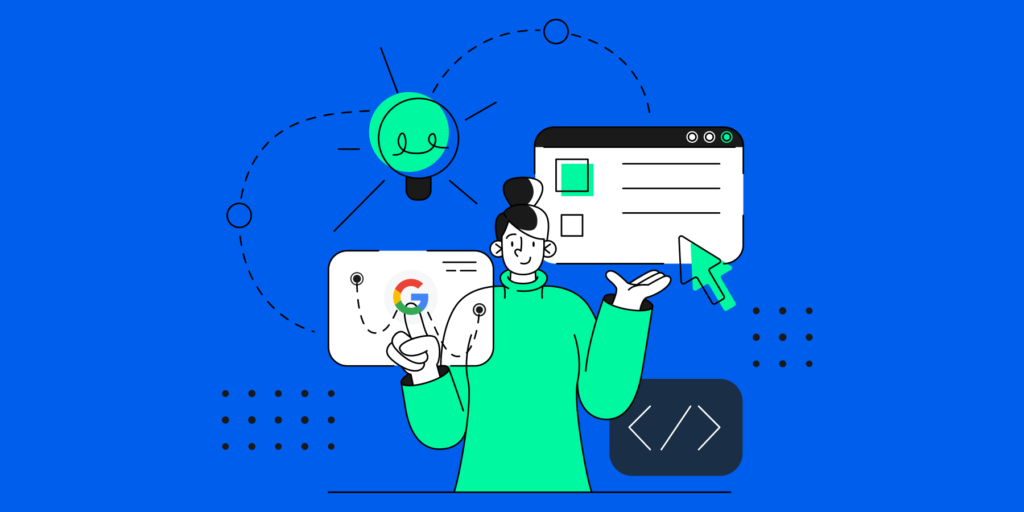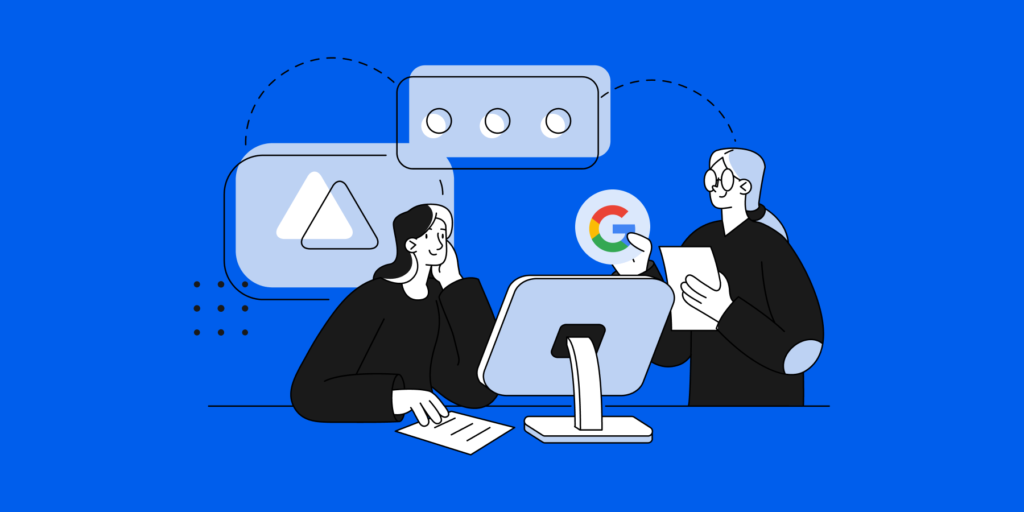How can admins Streamline Google Workspace User Offboarding in 2023?
User offboarding is a critical task for Google Workspace admins, encompassing various security implications and data protection obligations. As technology advances, so do the best practices for offboarding departing users.
This comprehensive guide explores five steps to safely and seamlessly offboard Google Workspace users in 2023. Moreover, we’ll introduce our robust management and reporting tool, GAT+. Designed to enhance auditing and automation for Google Workspace, empowering admins to perform user offboarding confidently and efficiently.
Step 1: Revoke Access
When you offboard Google Workspace users, first need to revoke their access to critical company resources and data in Google Workspace. This step involves a series of actions to ensure data security:
- Force sign-out and promptly change the account password to prevent unauthorized access.
- Conduct a thorough log review of the account’s activity to check for any suspicious actions, such as sharing via links or unauthorized access attempts.
- Wipe the account from all devices, including mobile devices and ChromeOS devices, adhering to the company’s device policy.
- Delete the leaving user from all Google Workspace groups to avoid any lingering permissions.
In addition, it’s vital to disable access to third-party applications linked to the user’s Google account to minimize potential vulnerabilities.
Step 2: Delegate and Transfer Access to the Google Workspace User Account
Transferring responsibilities and delegating access ensures smooth continuity of operations and prevents business disruptions. During this step, admins should pay particular attention to the following aspects:
- Transferring file ownership in Google Drive to designated managers or users, ensuring vital files remain accessible.
- For departments using Shared Drives, files are owned by the Drive (team), eliminating the need to transfer ownership. However, administrators should keep track of important MyDrive files and manage their ownership accordingly.
- Migrating emails or setting up email forwarding to redirect communications to an appropriate recipient.
- Admins can opt to create an auto-reply message directing inquiries to the leaving employee’s manager or another team member.
- Alternatively, with GAT+, Super Admins and Delegated Auditors can give users access to another user’s Gmail account indefinitely or temporarily.
To maintain email visibility, admins can flag and catch emails sent to an alias without keeping the account active. By adding the leaving user’s email as an alias to their manager, emails sent to the deleted user will automatically be routed to their manager’s inbox. Alternatively, renaming the account and creating a group with the old name can also ensure continuity, while the new group is named after the departing user.
Additionally, admins should address calendar events for client-facing roles or those with critical scheduled activities. Copying calendar events to a new user or manager or deleting unessential events helps maintain an organized schedule. Utilize GAT Flow as your ally to allow Google Workspace admins to wipe user calendars. It also can be used to onboard, offboard, and modify existing users.
Admins should also transfer or copy contact lists to another user to prevent the loss of valuable contacts during the offboarding process.
Step 3: Delete or Suspend the Google Workspace User Account
Delete or Suspend the Account Admins face a crucial decision during this step – whether to delete or suspend the departing user’s account. Each option carries its implications and admins should choose based on operational requirements:
- Deleting the account: This action permanently removes all data associated with the user, including emails, calendar events, and files stored in MyDrive. Admins must ensure they transfer or copy all essential data before proceeding with account deletion.
- Suspending the account: With this option, the user’s data remains intact while access to emails and calendar invites is blocked, and login access is disabled. Admins can use this period to finalize data transfers and ensure a seamless offboarding process. However, it’s essential to note that suspending accounts still incur licensing charges.
Step 4: Save Your Offboarding Action-Sets
By streamlining future offboarding tasks, administrators can save customized offboarding workflows for different departments. By leveraging a Google Workspace automation tool, such as GAT+ and GAT Flow, admins can achieve greater efficiency and consistency in offboarding actions throughout the organization.
Each department can have its own workflow, tailored to its specific needs, ensuring that no crucial steps are missed during the offboarding process. This saves valuable admin time and minimizes the risk of human error, making the overall process smoother and more reliable.
Step 5: Automate Your Offboarding Workflows
Automating offboarding workflows is the pinnacle of efficiency and consistency. Admins can set up triggers or schedules for offboarding actions, allowing the process to initiate automatically based on specific events or predetermined timelines.
In this example, when admins add a new user to a Group or Organization Unit (OU), the offboarding workflow can trigger for the departing user.
Admins can establish recurring or scheduled offboarding actions for users who leave at regular intervals, such as seasonal employees or project-based contracts. By automating the offboarding process, admins can easily offboard Google Workspace users across the organization, thoroughly covering essential areas with just a few clicks.
Bulk User Offboarding Admins can also use automation to perform bulk offboarding actions for multiple users, significantly saving administrative time. Bulk offboarding proves particularly useful when admins deal with groups of interns, or contractors. Also, when they phase out an entire department.
Closing thoughts
In 2023, offboarding Google Workspace users demand a strategic and efficient approach. By doing so, Google admins can ensure data security, business continuity, and administrative productivity.
As technology evolves, leveraging powerful management and automation tools like GAT+ and GAT Flow becomes essential for enhanced auditing, efficient workflows, and seamless transitions. GAT+ empowers admins with valuable insights, policy enforcement, and simplified contact management. While GAT Flow provides a reliable ally for managing calendars and user onboarding/offboarding.
Remember, the key to successful user offboarding lies in proper planning, proactive measures, and embracing innovative tools. Embrace the power of automation and robust management tools to safeguard your organization’s Google Workspace environment effectively.
Stay in the loop
Sign up to our newsletter to get notified whenever a freshly baked blog post is out of our content oven.






